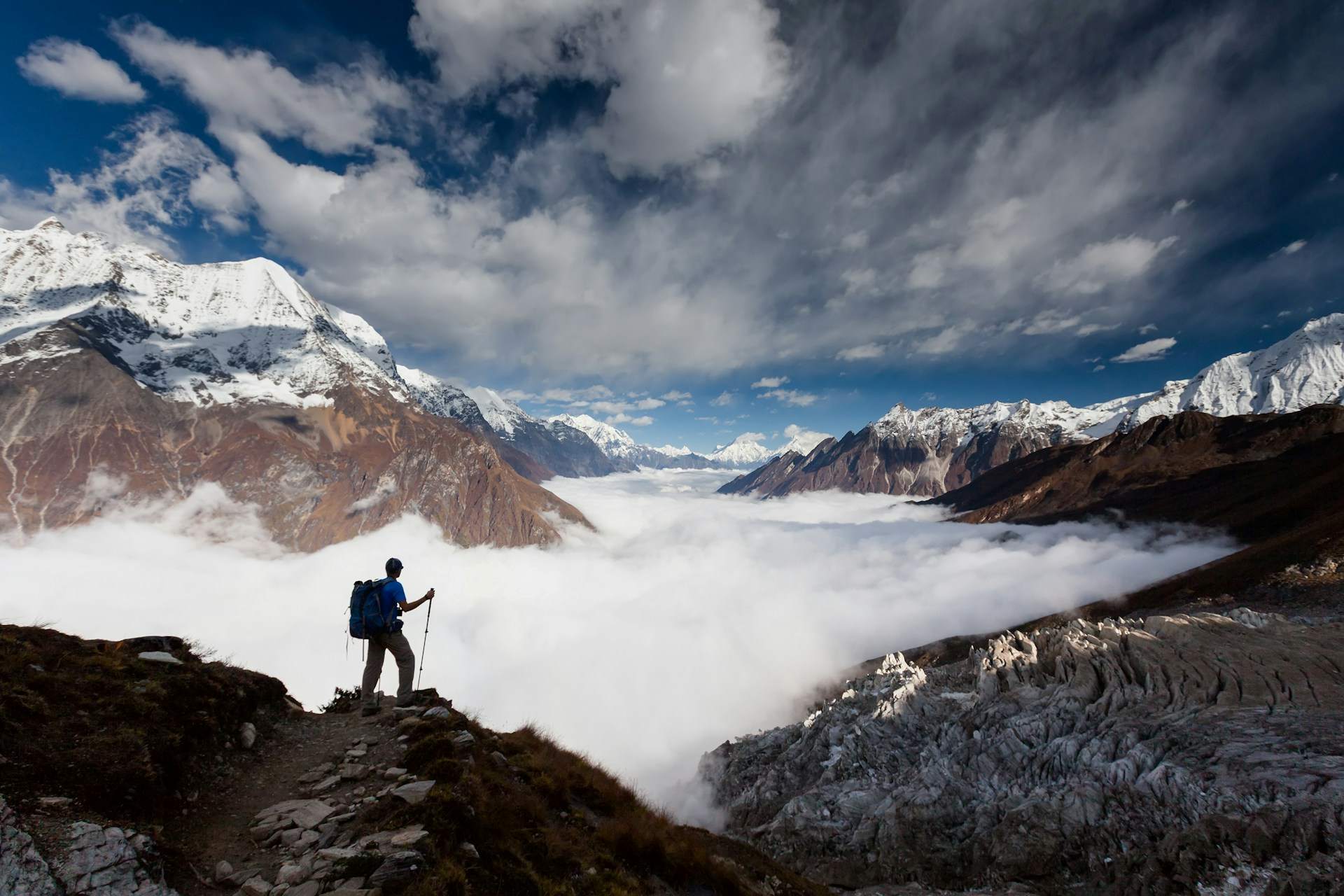Nepal is charting a new course for its mountaineering industry by waiving climbing permit fees on 97 peaks across the remote Karnali and Sudurpashchim regions for the next two years. The move, aimed at drawing climbers away from the well-worn paths of Everest, seeks to showcase the beauty and challenge of less-explored Himalayan ranges while boosting the economies of some of the country’s most under-developed areas.
These peaks, ranging from 5,870 to 7,132 metres, have historically been overlooked in favour of the more famous northeastern summits. Tourism officials hope the removal of fees will encourage adventurers to explore these scenic, isolated terrains without financial barriers. By redirecting climbing traffic, Nepal also aims to ease congestion on its most popular mountains, a longstanding concern for both environmental sustainability and climber safety.
Complementing this initiative is a restructuring of fees for other climbs. From September, permits for smaller mountains will rise from $250 to $350, and Everest itself will carry a higher price tag of $15,000, up from $11,000. This dual-track approach, lowering costs for the overlooked while increasing fees for the overburdened, reflects a deliberate shift towards balanced tourism management.
Tourism remains a cornerstone of Nepal’s economy, with mountaineering playing a central role. For the western regions targeted by the fee waivers, the policy could bring much-needed income to local communities, generating jobs in guiding, hospitality, and transport. However, the remoteness of these destinations presents real challenges: long journeys from Kathmandu, limited infrastructure, and scarce accommodations may temper the pace of change. Officials and industry professionals agree that investment in access routes, amenities, and safety measures will be critical to sustaining interest.
In reframing its appeal to climbers, Nepal is positioning itself as more than just the gateway to Everest. By inviting the global mountaineering community to discover the untouched reaches of its landscape, the country is taking steps towards a more inclusive and environmentally conscious tourism model; one that rewards curiosity, supports local livelihoods, and preserves the majesty of the Himalayas for generations to come.


